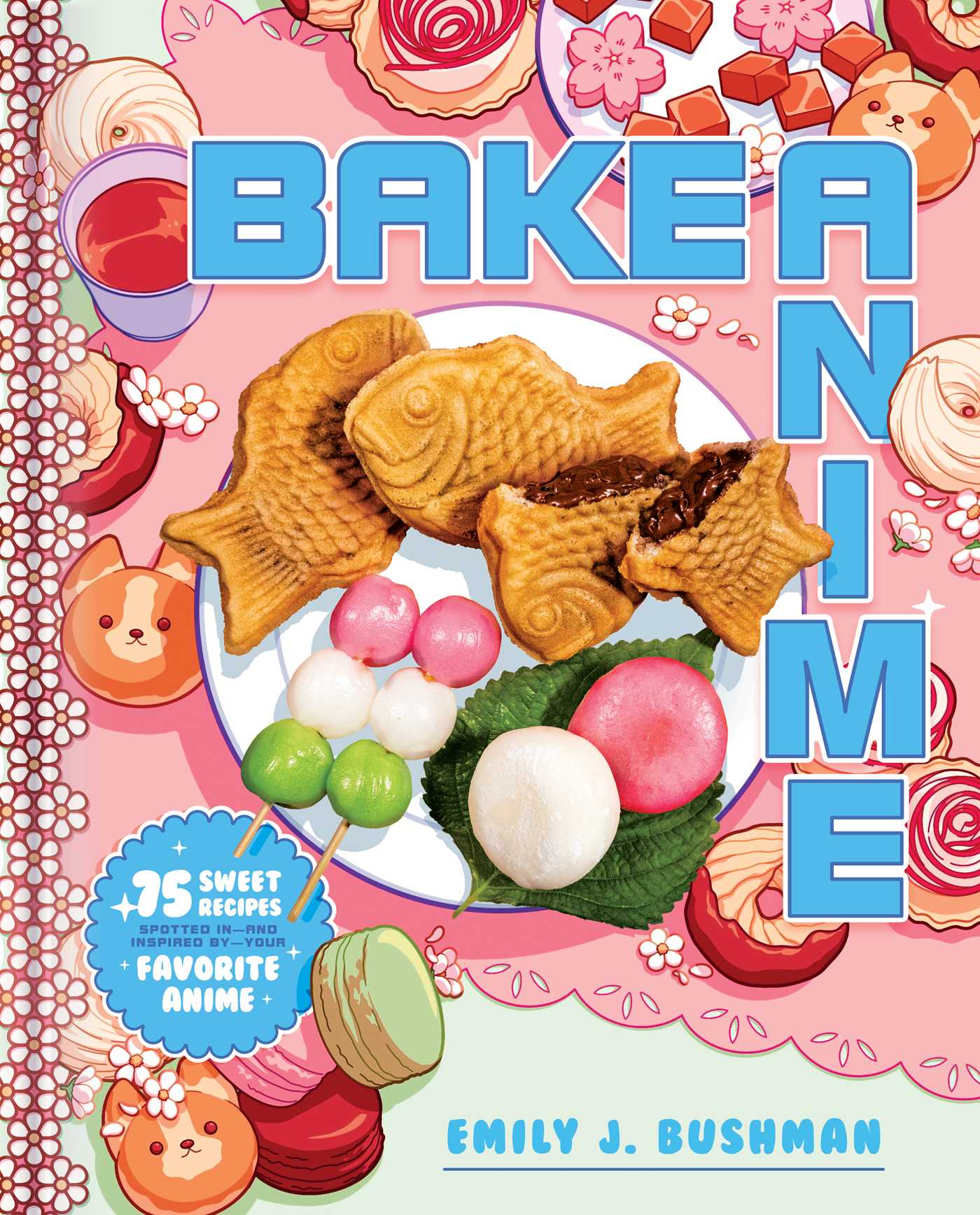 If you’ve ever thought some food in an anime looked especially good, you’re not the only one. BAKE ANIME, written by Emily J. Bushman and published by Simon & Schuster, is out to help you make your own anime baked goods. Bushman talked to Otaku USA about how her interest in baking and anime came together, how she made the different recipes, and if she shares her anime-inspired foods in Japan.
If you’ve ever thought some food in an anime looked especially good, you’re not the only one. BAKE ANIME, written by Emily J. Bushman and published by Simon & Schuster, is out to help you make your own anime baked goods. Bushman talked to Otaku USA about how her interest in baking and anime came together, how she made the different recipes, and if she shares her anime-inspired foods in Japan.
How did your interest in baking and anime originally combine?
When I was in college, I had a friend, Miles Thomas Atherton, who convinced me to give food blogging a shot. We were talking about our summer plans, and I confessed that I felt I needed a project, and was thinking about doing something along the lines of Julie & Julia—I would cook my way through all the food I saw in anime and manga and document my journey.
I’d always loved cooking. My mother and grandmother taught me all their tips and tricks, and, knowing how fun and fulfilling cooking could be, it sent shivers down my spine to see how all my friends ate in college (I distinctly remember my friends joking about their “trash meals”, where they’d put everything in the fridge on a plate with some boiled instant ramen (just the noodles, no soup) and go to town). I wanted to inspire my friends to try cooking a little more for themselves, and thought the best way to do that would be through our shared interest in anime.
I expressed my hesitation to Miles—it seemed like such a huge undertaking—but he persuaded me to go for it. “It’s a niche that should be filled!” He professed, and he was right. I found my audience, and from there the rest is history.
Would you try different versions of the recipes in BAKE ANIME to see what worked best?
Trying out different versions of recipes in BAKE ANIME was both the best and worst thing about this cookbook. Some recipes, like ichigo daifuku, were pretty simple and didn’t require a whole lot of testing. Other recipes, like the cake recipe I have for the Spirited Away cake, were tested as many as 10 times until I could get the results I was looking for. There are some recipes that never made it past testing. I wanted to make a candy recipe for the Japanese sweet, konpeito, and tried so hard to make them at home. Alas, this proved futile. Some things are better left up to factory machines.
It was fun to do all this testing—I got to really practice these recipes a lot and work out the kinks, which made me happy. Ultimately, I wanted the best experience for the reader and home baker, and I was happy to perfect these recipes. On the other hand, after your fifth failed sponge cake, you do get a bit worn down! I was glad when the majority of the testing was over and I could focus on writing and photography.
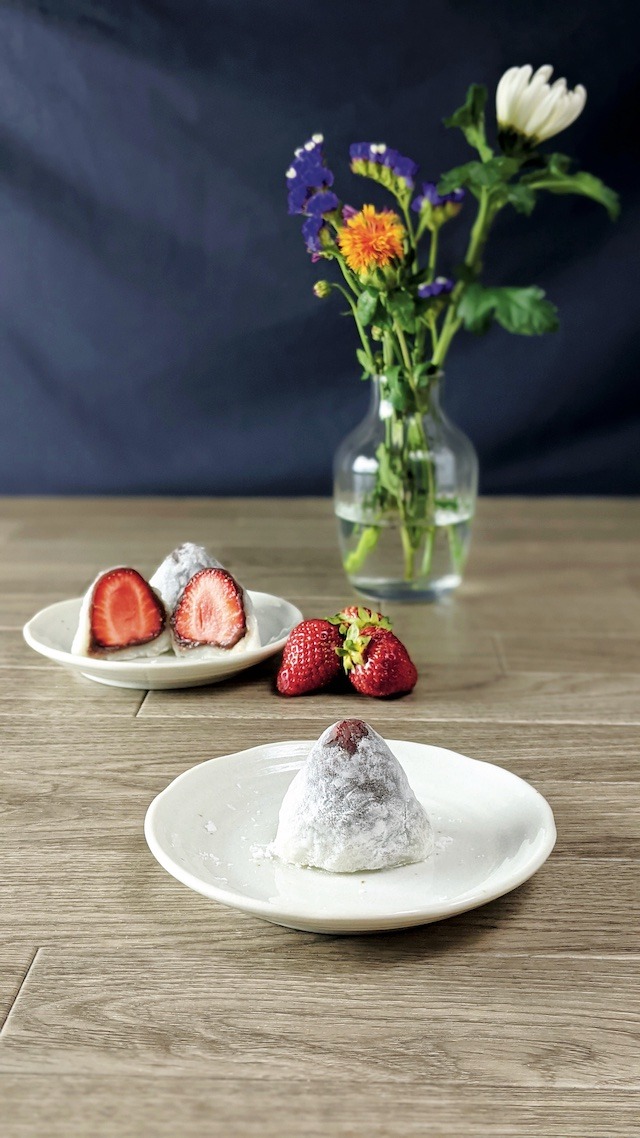
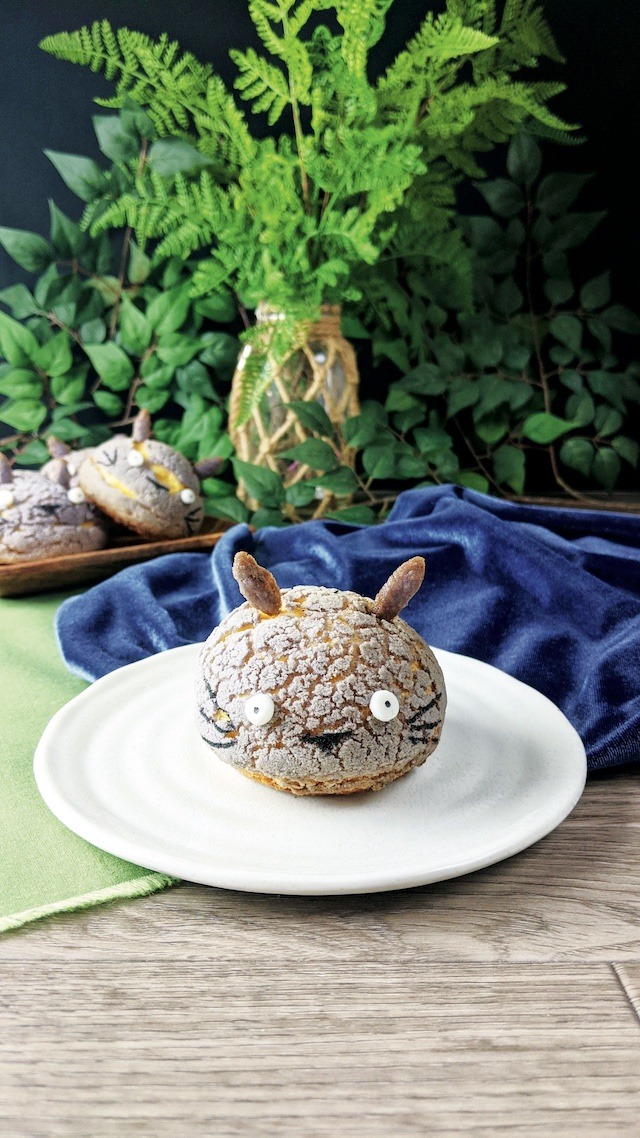
How did you decide which desserts from anime to include?
This wasn’t actually as difficult as one might think. I started by making a list of all the anime desserts I could find, and then had to cross check that none of them showed up in any of Simon & Schuster’s other anime-based cookbooks. From there, I narrowed down my list to the best, most substantial recipes. Surprisingly, compared to savory foods, there aren’t all that many desserts, so I didn’t have much cutting to do.
From there, it was all about organizing. When people think of Japanese food, they don’t think of Strawberry Shortcake, but in fact many Western desserts are a huge part of the culture in Japan. An anime cookbook without these desserts would be criminal, so I wanted to structure the book in a way that made sense to readers and would explain why they were looking at some recipes for things like thumbprint jam cookies and macarons. Thus, I split the book up into Japanese desserts (wagashi and dagashi) and Western desserts (yogashi).
That still left a crucial area of anime desserts, which I think most people love more than anything else: desserts that look like or give a visual impression of anime or anime characters. So, the last section of the book is really about celebrating the crossover of Japanese and Western influences to create desserts that are really, really cute, fun to make, and tasty to eat. Those desserts were selected based on what I see trending here in the Japanese sweet scene, as well as what people are cooking in online spaces like TikTok. Also, of course, popular desserts in America. I enjoyed taking those trendy desserts and injecting some anime influence!
In your Anime-Inspired Desserts section, you have things like Forest-Keeper Apple Cream Puffs (which look like Totoro heads) and Checkered Battenberg Cake (with the pattern of Demon Slayer’s Tanjiro’s coat). How did you come up with these clever ideas?
Well, the names have to be attributed to my wonderful editor Natasha Yglesias, one of the amazing people who helped to bring this book to life. We were looking for neutral names that would describe the character we were going for, and she came up with all of them. My favorite is Pocket Monster Roll Cake.
As for the ideas themselves, this really came down to my desire to show the readers anime. Japanese desserts give a nice “Japan” feel, but I knew the Western dessert section would be a little odd to anyone who didn’t read my explanations at the beginning of each section. I wanted a final chapter that both combined these two influences, as many cooks already do in Japan, and also gave people a really stunning visual of anime.
This was my favorite section to create—I love doing anime-inspired desserts, and so it was totally up to me to take influences from anime and spin them into something tasty and delicious. I love being creative; with the Forest-Keeper Apple Cream Puffs, for example, I just tried to imagine what flavors would Totoro, the inspiration for this recipe, enjoy? Hence the apple cream filling. The Battenberg Cake with Tanjiro’s colors was another inspired idea. I saw the Battenberg Cake on The Great British Bake Off, and was struck by how geometrical and gorgeous some of the designs were, much like the fabric of kimonos. So, when I was trying to think of a way to bring Demon Slayer to food, Tanjiro’s iconic coat stood out and I knew I had to turn it into a cake.
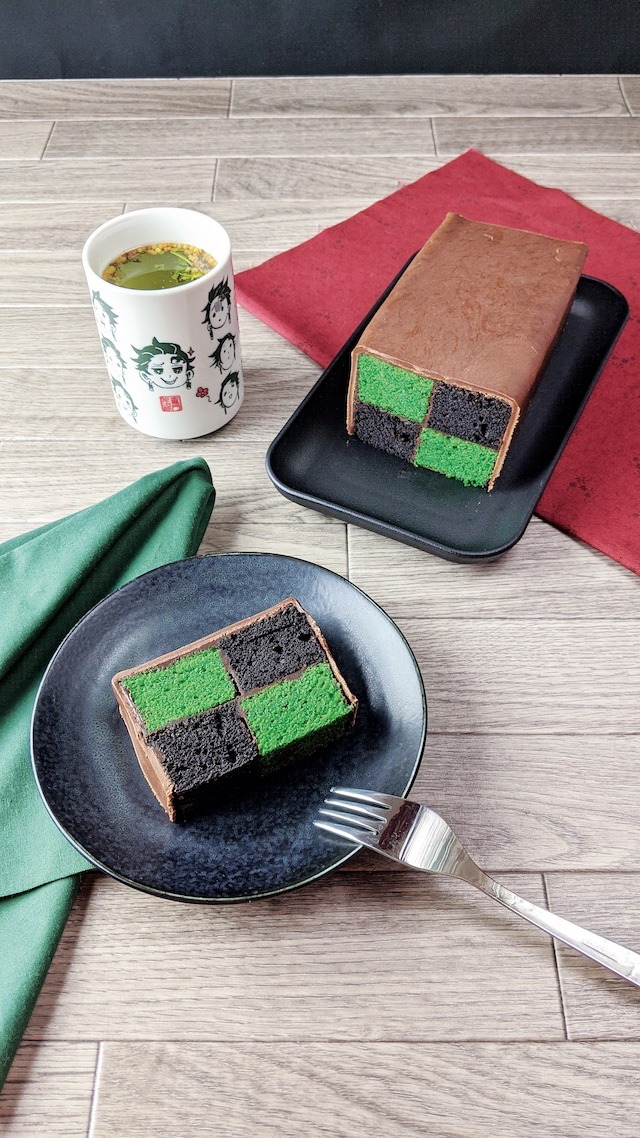
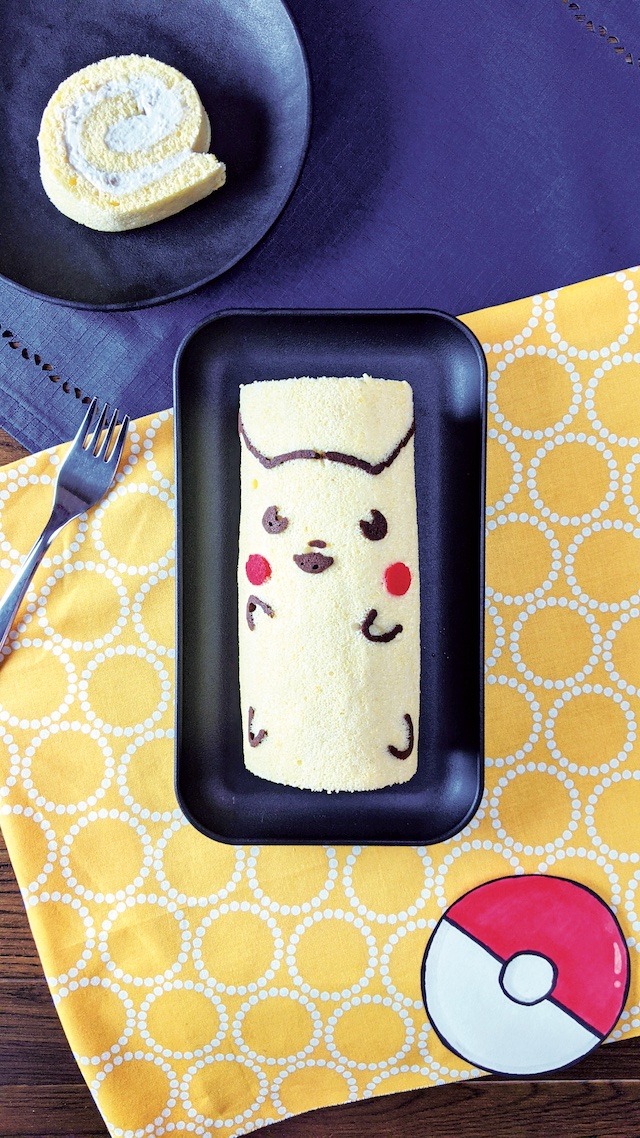
You currently live in Japan. Do you share your anime-inspired desserts there, and if you do, what’s the reaction?
I do! I work at a school here, and my roommate at the time worked at a language school, so we both forced our coworkers to take desserts off our hands. It was great! Tons of positive reviews from everyone, but the more decorated desserts always went over incredibly well. Many people here recognize the characters, so they love seeing them in desserts in ways they wouldn’t normally see them.
Baking at home is also somewhat rare here in Japan as most people don’t have ovens, so I always got a lot of appreciation for my baked goods. People are always really impressed when you bring in a well-made, beautiful treat, but it’s especially rare in Japan so I always received some enthusiastic takers for my sweets.
____
Danica Davidson is the author of the bestselling Manga Art for Beginners with artist Melanie Westin, plus its sequel, Manga Art for Everyone, and the first-of-its-kind manga chalk book Chalk Art Manga, both illustrated by professional Japanese mangaka Rena Saiya. Check out her other comics and books at www.danicadavidson.com.

